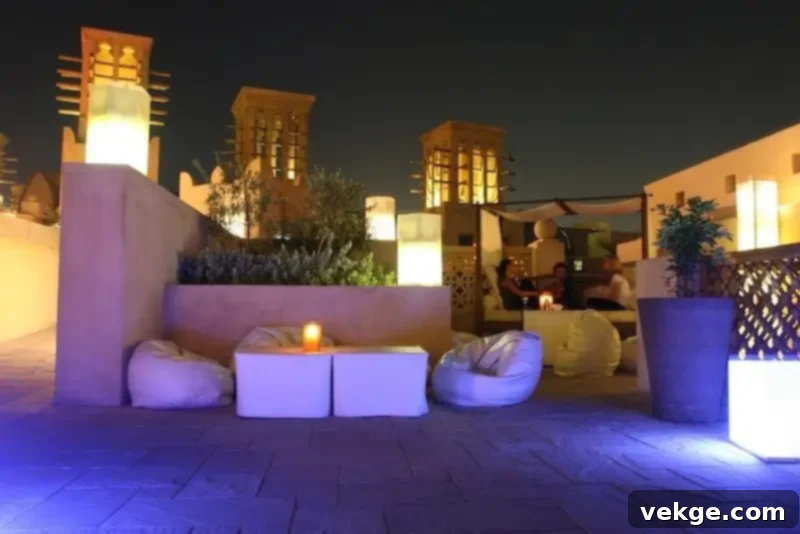Create Your Ultimate Home Wellness Retreat: A Comprehensive Guide to Designing Your Personal Sanctuary
In an increasingly demanding world, the concept of a home as merely a functional living space is rapidly evolving. Today, homeowners are seeking much more than just multifunctional areas for remote work, virtual learning, or social gatherings. The profound shifts and constant crises experienced over recent years have underscored a heightened desire for comfort, relief, and relaxation within our most personal environment. According to insights from McKinsey & Company’s American Opportunity Survey, a remarkable nine out of ten individuals feel they have navigated ongoing crises, fueling a refined preference for homes that serve as true sanctuaries for well-being.
This growing trend isn’t just about adding a few decorative touches; it’s about intentionally cultivating an atmosphere that fosters deep relaxation and mental peace. Transforming your house into a genuine wellness retreat requires a holistic approach, moving beyond simple aesthetics like hardwood floors and yoga mats. It involves a thoughtful consideration of every element, from the subtle power of scents to the tactile comfort of fabrics, the calming presence of nature, and the joy derived from engaging with personal hobbies. This comprehensive guide will walk you through essential strategies to infuse your home with an unparalleled sense of coziness and tranquility, helping you create a personal haven that nourishes your mind, body, and spirit.
Tip 1: Setting the Mood with Intentional Lighting and Calming Scents
Lighting plays a pivotal role in shaping the ambiance and emotional landscape of any room. Gentle, warm, and thoughtfully designed lighting can instantly transform a stark space into a soothing sanctuary, significantly contributing to stress alleviation and tension reduction. When preparing your home for a dedicated relaxation session, consider lighting as your primary tool for crafting a peaceful atmosphere. Strategic use of natural light, candles, and various ambient light sources can create a harmonious environment that invites tranquility.
- Maximize and Soften Natural Light: Embrace the power of natural light, but ensure it’s not harsh or overwhelming. Utilize sheer curtains, light-filtering blinds, or even frosted window films to diffuse bright sunlight, creating a soft, ethereal glow that still connects you to the outside world without glare.
- Layer Your Illumination: Move beyond a single overhead light. Incorporate a variety of light sources to create layered, balanced illumination. Think about task lighting for reading, accent lighting to highlight decor, and ambient lighting for overall softness. Table lamps, floor lamps, decorative string lights, and discreet LED strips can work wonders in building depth and warmth.
- Opt for Warm Tones: The color temperature of your light bulbs can profoundly impact mood. Choose warm-toned lampshades or bulbs that emit light in the yellow, orange, or red spectrum. These colors are known to evoke feelings of coziness, comfort, and intimacy, making a space feel more inviting and less sterile.
Don’t hesitate to experiment with different lighting combinations throughout your home. A collection of smaller, strategically placed light sources often creates a much more inviting and relaxing atmosphere than a single, dominant overhead fixture. This approach allows you to adjust the mood dynamically, catering to various activities and times of day.
Beyond visual cues, olfactory sensations are incredibly powerful in promoting relaxation and well-being. Incorporating calming scents into your home can significantly enhance your retreat experience. Lavender, chamomile, and vanilla are classic choices, each offering distinct therapeutic benefits.
- Lavender: Renowned for its calming and anxiolytic properties, lavender can help alleviate anxiety, gently slow the heart rate, and significantly improve sleep quality. It’s a staple in aromatherapy for a reason.
- Chamomile: Often associated with soothing teas, chamomile’s gentle aroma also promotes deeper, more restful sleep and can reduce feelings of irritability.
- Vanilla: The sweet, comforting scent of vanilla is known to alleviate stress, induce a profound sense of relaxation, and uplift mood, creating a cozy and welcoming ambiance.
Consider using essential oil diffusers for a continuous, subtle fragrance, or light high-quality candles made with natural essential oils to add both scent and a soft visual glow. The synergy of thoughtful lighting and comforting aromas will transform your space into a true haven.
Tip 2: Creating a Cozy Space with Thoughtful Furniture and Luxurious Textiles
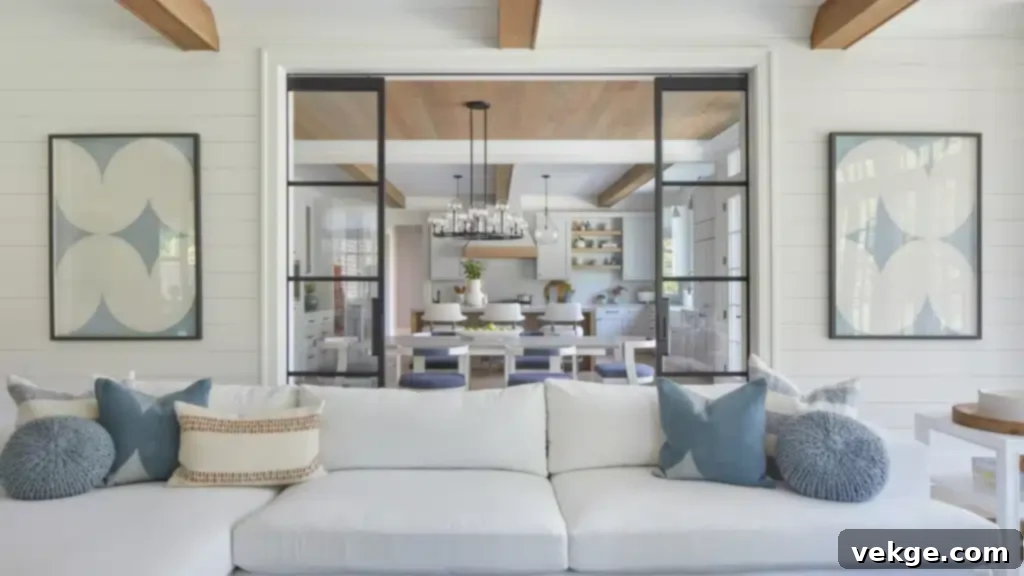
Even in open-plan living areas, clearly defining “zones” is essential for establishing calm havens where relaxation takes precedence. Your designated winding-down spot should feel distinct and separated from the more active areas of your home. This might be a serene corner in your living room, a quiet nook in your bedroom, or an inviting terrace during warmer months. While fostering coziness throughout your entire home is beneficial, your personal “fortress of solitude” needs to offer a unique sense of retreat and psychological separation.
The selection of furniture is a cornerstone of creating a truly effective home retreat. When choosing pieces for your personal sanctuary, prioritize items that inherently offer comfort, support, and a sense of relief. This space should be designed to elevate your mood and provide a genuine sense of escape. Opt for furniture that encourages lounging, leaning back, and truly unwinding. Think plush armchairs, chaise lounges, or deeply cushioned sofas that invite you to sink in and let go of the day’s stresses. The goal is to curate a collection of pieces that resonate with your personal style and actively boost your dopamine levels, making the space uniquely yours.
Textiles are powerful tools for elevating both the luxury and comfort levels within your sanctuary. Consider incorporating rich fabrics like soft cotton, luxurious velvet, cozy faux fur, or breathable linen to add warmth, texture, and visual interest. These materials don’t just look good; they enhance the tactile experience of your relaxation spot. An interesting trend gaining traction across social platforms is the human-sized dog bed – while it might seem whimsical, combining it with a weighted blanket can be incredibly effective in relieving stress and worries, offering a truly enveloping sense of security and comfort.
Cushions and pillows are not merely decorative; they are indispensable accessories for creating a welcoming and cheerful environment. We suggest a harmonious blend: incorporate a few playful, fluffy cushions for aesthetic appeal and an element of fun, alongside several supportive cushions that offer ergonomic comfort should you decide to nap or simply lean back. Enhance the overall vibe of your relaxation spot by generously incorporating blankets and throws. By layering various textures, patterns, and colors, you can infuse your space with visual depth and physical warmth, creating an irresistible spot perfect for curling up with a captivating book or savoring a warm cup of tea.
Tip 3: Incorporating Nature and Greenery for Biophilic Wellness
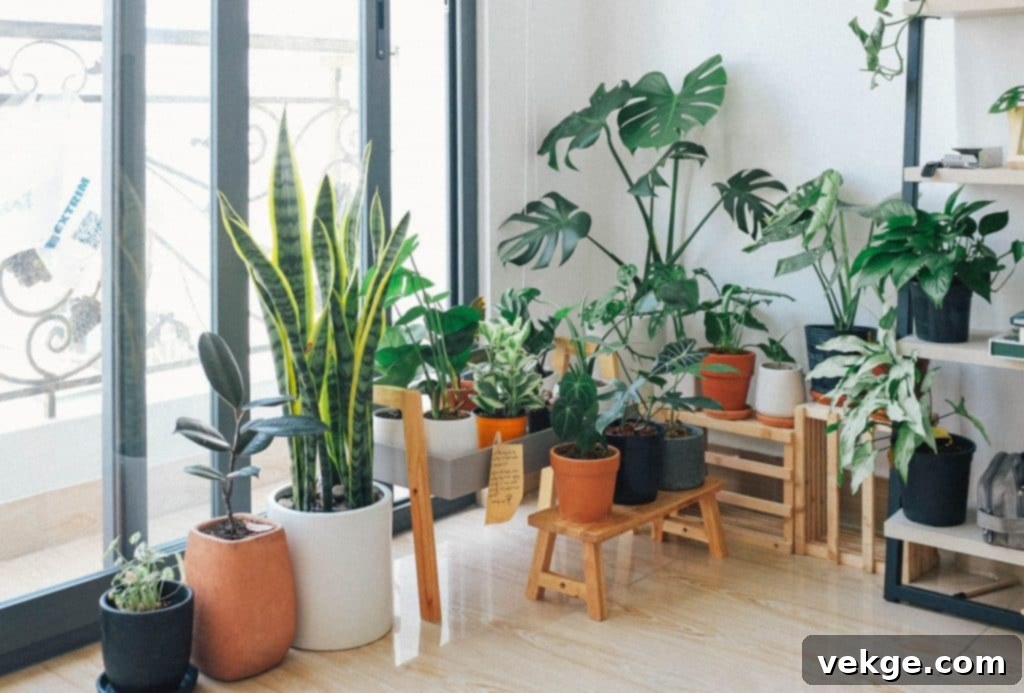
Bringing elements of nature into your home is a powerful and scientifically recognized way to boost relaxation, enhance overall well-being, and positively impact physical health. This practice, often referred to as biophilic design, acknowledges our innate human connection to nature. Plants, in particular, are celebrated for their ability to lower stress levels, enhance indoor air quality by filtering toxins, and promote feelings of happiness and vitality. Integrating greenery isn’t just about aesthetics; it’s about creating a living, breathing environment that nurtures you.
To maximize their visual and psychological impact, think about clustering plants with varying heights, textures, and leaf shapes to add dynamic appeal and visual interest. Hanging plants can introduce a beautiful sense of dimension and verticality to a room, drawing the eye upwards and making the space feel more expansive and alive. Larger plants, such as a fiddle-leaf fig or a majestic monstera, can serve as stunning statement pieces, anchoring a corner and infusing it with lush, vibrant energy. Consider low-maintenance varieties if you’re new to plant care, ensuring the presence of greenery is a source of joy, not stress.
Beyond live plants, other natural elements can significantly improve your well-being and contribute to a serene atmosphere. Stones, with their earthy solidity, can be used for their grounding properties, fostering a sense of stability and calm. Smooth river stones arranged in a decorative bowl or integrated into a small indoor Zen garden can create a focal point for mindfulness. Water features, even small tabletop fountains, introduce the gentle, rhythmic sound of flowing water, which is incredibly effective at creating a calming and meditative atmosphere, masking distracting noises and promoting deeper relaxation.
Wooden decorations, whether in the form of sculpted art, naturalistic furniture pieces, or simple accents, add warmth, organic texture, and a touch of rustic elegance to any space. The natural grains and hues of wood evoke a sense of earthiness and timeless comfort. Incorporating these diverse natural elements will undoubtedly bring an extra layer of benefit and sensory richness to your home retreat sessions, helping you feel more connected to the natural world and more at peace within your sanctuary.
Tip 4: Making Use of Your Entertainment and Hobbies for Mindful Engagement
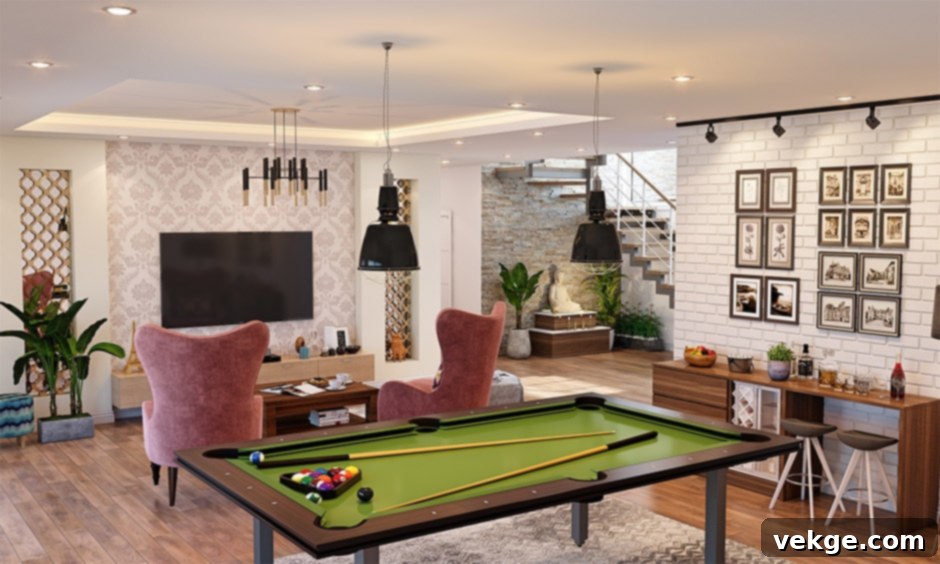
If your idea of relaxation isn’t purely passive, your home retreat spot can be perfectly transformed into a dedicated hobby nook. The beauty of this approach lies in its boundless potential, dictated solely by your imagination and what truly ignites your passion. Whether it’s diving into video games, creating music, indulging in baking, or finding solace in pottery, tailoring this space to your interests is key. While some hobbies, like baking, might require a distinct kitchen setup different from the traditional cozy corner, the principle of creating a comforting environment remains universal.
Even hobbies that are typically associated with high energy or technology can be integrated into a serene retreat. For instance, if you’re an avid gamer or enjoy online casino games, you can design a soft, inviting aesthetic corner. Imagine a setup featuring ambient LED lights (perhaps in soothing blues or greens), a few carefully chosen plants to add life, an ergonomically comfortable gaming chair, and stylish, minimalist stationery. Playing in such a thoughtfully designed space is far more enjoyable and less stressful than being confined to a dark, cluttered corner, allowing for a more mindful and relaxed gaming experience.
For enthusiasts of online gambling, the need for an elaborate computer area is often minimal, given the prevalence of mobile payments. With the rise of mobile payment options like Google Pay, all you truly need is your smartphone to make deposits and enjoy your favorite slots or casino games on the go. Resources like Gold-Chip.at offer informative guides on utilizing Google Pay for online gaming, ensuring that nothing stands between you and your chill-out session, wherever you choose to enjoy it within your home.
Engaging in activities you genuinely enjoy is profoundly crucial for overall relaxation and well-being. Here are some compelling reasons why integrating hobbies into your home retreat is beneficial:
- Stress Relief: Hobbies act as a powerful antidote to stress. Immersing yourself in activities you love provides a healthy distraction from life’s pressures, allowing your mind to switch gears and find respite.
- Boosted Health: Regularly dedicating time to your passions is a proactive step towards better mental and physical health. It can reduce the risk of burnout and promote a more balanced lifestyle.
- Increased Satisfaction: Consistent engagement in hobbies brings a deep sense of accomplishment and satisfaction, contributing significantly to your overall happiness and contentment with life.
- Social Connection: While home retreats are personal, many hobbies also offer avenues for social interaction. Engaging in activities related to your interests, even virtually, can expand your social circle and foster a sense of community.
Prioritizing activities that truly resonate with you ensures that your home retreat is not just a place to unwind, but a space for self-expression, personal growth, and profound joy. This mindful approach can significantly reduce stress, enhance mental resilience, and elevate your overall happiness and life satisfaction.
Tip 5: Opting for Health and Wellness Practices in Your Home Sanctuary
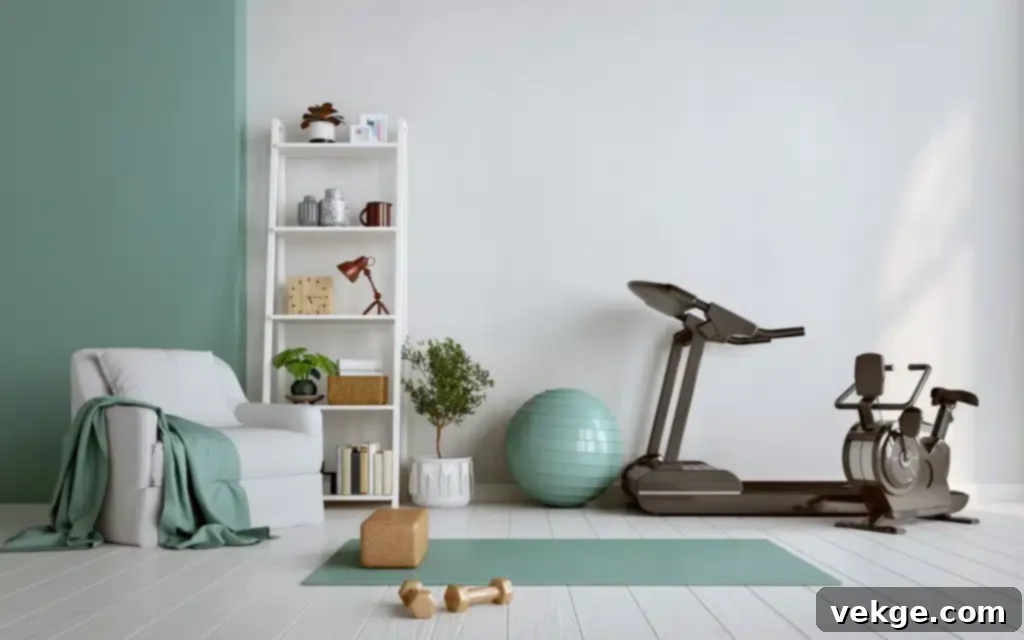
As the pace of modern life continually accelerates, finding moments of peace and renewal within our living environments has become more crucial than ever. The home has transcended its traditional role, evolving into a multifaceted sanctuary – a place not just for basic living and relaxation, but also for profound renewal and the holistic enhancement of overall well-being. This significant movement towards integrating health-focused options directly into our homes gained immense traction during recent global health events, a trend that has steadily solidified its place in contemporary living since then.
People are actively rethinking and redesigning their living spaces to be more than just functional areas for work or daily routines. They are transforming them into personal sanctuaries dedicated to nurturing physical, mental, and emotional health. We’ve witnessed a noticeable surge in the integration of diverse health elements into home design, ranging from dedicated meditation corners stocked with mindfulness guides to fully equipped home fitness areas. This shift reflects a deeper understanding that our environment profoundly impacts our inner state.
The concept of a healthy, healing space at home is far from a fleeting trend; it signifies a more profound, mindful approach to life itself. In the midst of today’s unrelenting demands and constant external pressures, these private home retreats offer a much-needed respite. They serve as personal havens where individuals can consciously escape the daily grind, disconnect from digital overload, and purposefully reconnect with their inner selves, fostering clarity, calm, and self-awareness.
If you’re planning your next wellness retreat session at home, consider these impactful and customizable themes to tailor your experience:
- Meditation or Yoga: Dedicate time to silent meditation to calm the mind, or engage in gentle yoga flows to improve flexibility, strength, and inner peace. Equip your space with a comfortable mat, cushions, and perhaps soothing background music.
- Journaling, Breathing Exercises, and Mindful Walking: Explore introspective practices like journaling to process thoughts and emotions. Practice structured breathing exercises (pranayama) to regulate your nervous system. Even a mindful walk around your garden or a quiet room can re-center you.
- Technology Detox: Consciously unplug from screens and digital devices. This theme encourages a break from constant notifications and information overload, allowing your mind to rest and reset. Engage in screen-free activities like reading, crafting, or simply quiet contemplation.
- SPA Treatments: Indulge in luxurious self-care rituals. Transform your bathroom into a personal spa with aromatherapy baths, nourishing facial masks, calming massages (self-massage or with a partner), and gentle body scrubs. Set the mood with candles and soothing music.
If you ever find life’s demands feeling overwhelming, creating a tailored wellness retreat right at home can be an incredibly effective strategy to unwind and rejuvenate. With a wide array of retreat themes and practices available, you have the freedom to customize your experience to perfectly align with your current needs and preferences, ensuring maximum benefit for your overall well-being.
Tip 6: Adding Personal Touches and Decor to Reflect Your Soul
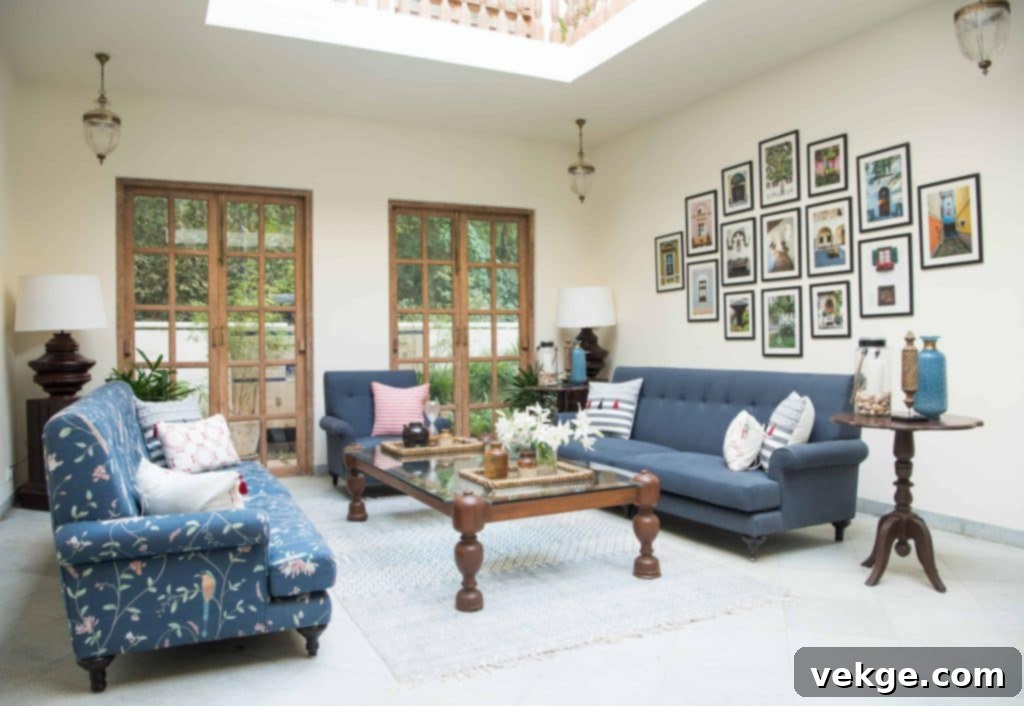
Did you know that the decor within your home exerts a profound influence on your emotions and overall psychological state? Your environment constantly communicates nuanced emotional signals that subtly, yet significantly, shape your perspective and mood. Therefore, imbuing your space with your unique personal touch and individual design sensibilities is not just an aesthetic choice; it’s a critical component of creating a truly nurturing home wellness retreat.
Personalizing your living area is absolutely vital for cultivating an authentic emotional connection and a genuine feeling of belonging. When your space reflects who you are, it becomes more than just a house – it transforms into a true home, a reflection of your identity and values. Filling your sanctuary with cherished, nostalgic items, meaningful artwork, personal photographs, and handmade pieces can powerfully prompt favorable feelings, evoking warmth, comfort, and positive memories. These elements act as visual anchors for your emotional well-being.
These personal touches are incredibly important for any space designed for deep relaxation, rejuvenation, and focused introspection. In a personalized environment, you feel safe, understood, and entirely at ease, allowing you to fully unwind, recharge your energy, and dedicate your attention to what truly matters to you, whether that’s a hobby, a wellness practice, or simply quiet contemplation. Your home retreat should be a living testament to your individuality, a place where every item tells a story and contributes to a feeling of profound peace and contentment.
Conclusion: Embracing Your Home as Your Ultimate Wellness Sanctuary
Creating a perfect chill-out area and a dedicated wellness retreat within your home is much more than a fleeting trend; it’s an indispensable strategy for enhancing your overall well-being in today’s increasingly fast-paced and often overwhelming world. By thoughtfully and intentionally incorporating key elements such as soft, cozy lighting, calming aromatherapy scents, comfortable and inviting furniture, and the refreshing presence of natural greenery, you possess the power to transform any corner or room into your very own personal sanctuary.
Further enriching this deeply personal space by engaging in hobbies that ignite your passion and integrating consistent health and wellness practices will profoundly benefit both your mental and physical health. These activities, practiced in an environment tailored to your needs, amplify the restorative effects of your retreat. Moreover, adding distinctive personal touches and decor not only elevates the visual ambiance of your space but also fosters a deep, meaningful emotional connection to your environment, making it truly yours.
Embrace these comprehensive tips to design and cultivate a home sanctuary that doesn’t just look good, but actively nurtures your mind, soothes your body, and uplifts your spirit. Investing time and thought into creating this personal haven is an investment in your long-term happiness, resilience, and overall quality of life.
